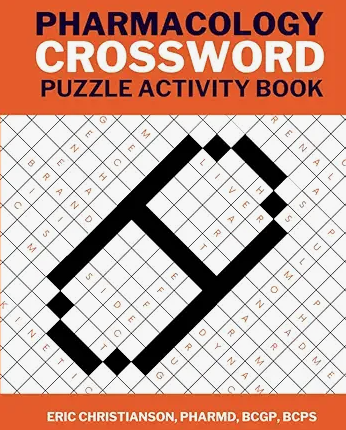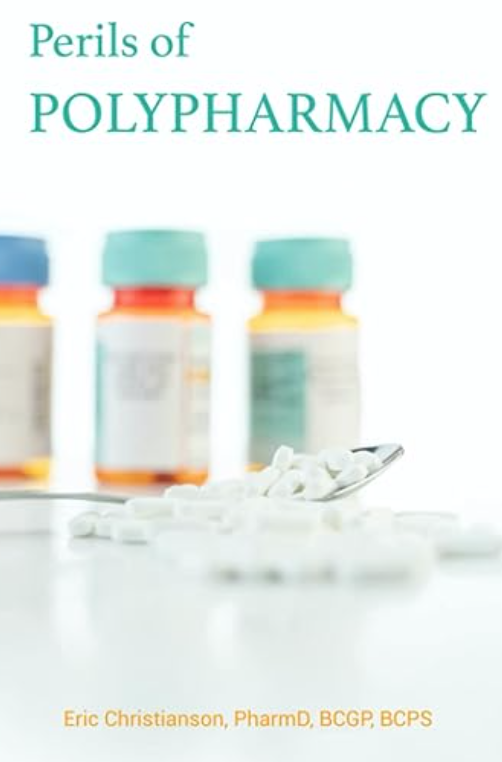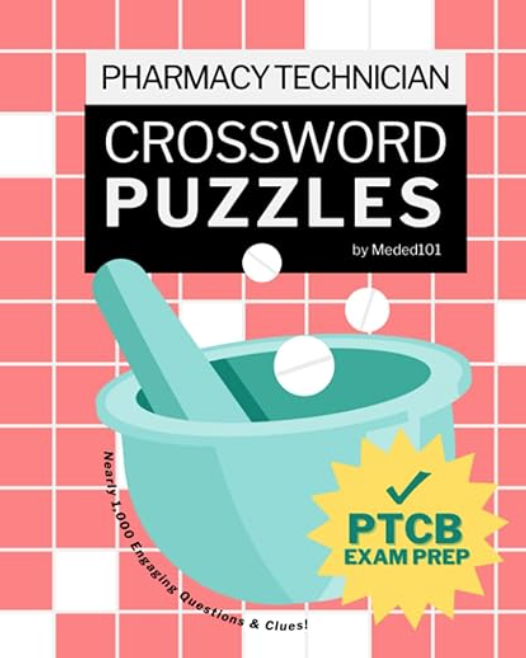When comparing venlafaxine versus desvenlafaxine, we must first recognize that they are both part of the drug class called SNRIs. Both of these medications work by inhibiting the reuptake of both serotonin and norepinephrine. Venlafaxine comes in an extended-release capsule formulation, as well as an immediate and extended-release tablet formulation. While desvenlafaxine only comes in an extended-release tablet formulation. Both medications come in extended-release formulations, which allow for once-daily dosing. Dosing of venlafaxine starts at 37.5 to 75 mg and is then titrated up, while the usual initial and maintenance dose of desvenlafaxine is 50 mg.
Indications
Venlafaxine is FDA-approved to treat generalized anxiety disorder, panic disorder, major depressive disorder, and social phobia. When comparing venlafaxine versus desvenlafaxine, desvenlafaxine is only FDA-approved for major depressive disorder. Venlafaxine’s off-label uses include ADHD, migraine prophylaxis, neuropathy, obsessive-compulsive disorder, bipolar disorder, PTSD, and vasomotor symptoms in menopause. Desvenlafaxine’s off-label uses include neuropathy and vasomotor symptoms in menopause.
Pharmacokinetics
Venlafaxine is converted to desvenlafaxine in the body through CYP2D6 (good board exam nugget to remember). Desvenlafaxine is the primary active metabolite of venlafaxine. Both medications are well absorbed, but venlafaxine has major first-pass metabolism, resulting in a bioavailability of 45%, while desvenlafaxine’s bioavailability is 80%. The protein binding for both medications is roughly the same at about 30%. Both of the medications are primarily renally excreted.
Adverse Effects
Both medications have a very similar side effect profile. Common side effects of these medications include hypertension, sexual dysfunction, insomnia, dizziness, nausea, constipation, and somnolence. Serious, but rare side effects of these medications include serotonin syndrome, seizures, hyponatremia, and hemorrhages.
Clinical Considerations
Patients who are poor metabolizers for CYP2D6 have a reduced capacity to convert venlafaxine into its most active form. Venlafaxine ideally should be avoided in these patients due lack of active drug formation. For patients who are poor metabolizers of CYP2D6, desvenlafaxine is preferred due to it not needing CYP2D6 for activation. Desvenlafaxine may also be preferred in patients who take medications that alter CYP2D6 activity due the varying effect it can have on altering the conversion of venlafaxine into desvenlafaxine.
There is no head-to-head evidence that either medication is more effective or tolerated, and is not a decisive factor in choosing one medication over the other.
When comparing venlafaxine versus desvenlafaxine, cost is also an important consideration for each of these medications. Desvenlafaxine has a greater cost compared to venlafaxine. For a 30-day supply of generic desvenlafaxine, it can cost on average between 150 and 250 dollars. Compared to a 30-day supply of venlafaxine which costs on average between 30 and 45 dollars. Due to the cost of initiating desvenlafaxine, it may be reasonable to perform genetic testing before deciding on using it over venlafaxine. In clinical practice, a trial of venlafaxine is usually performed prior to using desvenlafaxine due to the cost of desvenlafaxine.
This article was written by Hunter Backholm, PharmD Candidate in collaboration with Eric Christianson, PharmD, BCPS, BCGP
- 30 medication mistakes PDF
- 18+ Page Drug Interaction PDF
- 10 Commandments of Polypharmacy Webinar based on my experiences in clinical practice









0 Comments